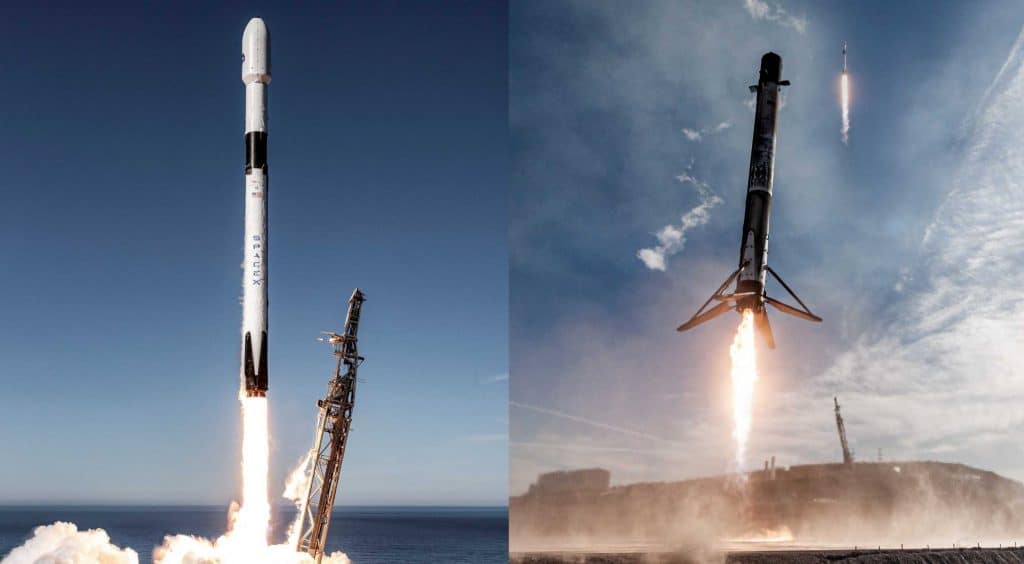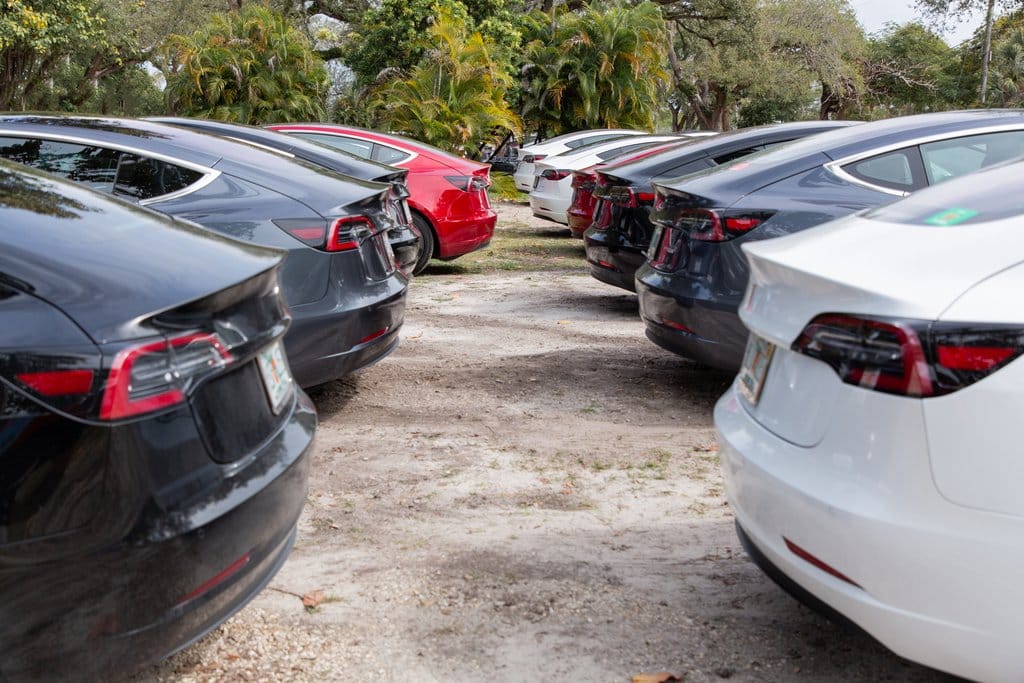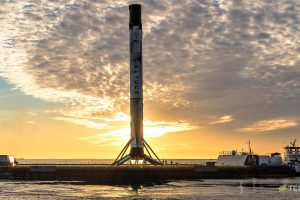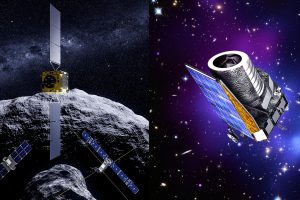A bit less than four weeks after departing Central Florida’s Port Canaveral, SpaceX drone ship Of Course I Still Love You (OCISLY) has completed a more than 5000-mile (~8000 km) journey to Port of Long Beach, California.
Around midnight on June 10th, the oldest operational ‘autonomous spaceport drone ship’ (ASDS) was towed out of the closest port to Cape Canaveral, where two SpaceX-leased pads support the vast majority of all Falcon 9 and Falcon Heavy launches. Around 12 months before OCISLY’s departure, drone ship Just Read The Instructions (JRTI) joined it on the East Coast with its first Atlantic Ocean booster recovery some ten months after the opposite journey – California to Florida.
Thanks in no small part to the presence of two operational drone ships stationed in Port Canaveral, SpaceX completed 32 successful East Coast launches and recovered 31 boosters at sea in those 12 months. However, at least as early as April 2021, plans were already in motion to send one of those two drone ships west.
Likely because it’s the most aging member of SpaceX’s booster recovery fleet, drone ship OCISLY was chosen to head to California and support the start of a few dozen dedicated polar Starlink launches. Thanks to limitations with SpaceX’s even older Vandenberg Air/Space Force Base (VAFB) SLC-4E launch facilities, it’s unlikely that the drone ship will ever need support more than one booster recovery per month, compared to two or even three per month operating out of Port Canaveral.

While SpaceX’s East Coast launch operation now has just one drone ship to work with, that might not be the case for long. Late last month, a tugboat frequently used by SpaceX to tow drone ships OCISLY and JRTI departed Port Canaveral and arrived at Port Fourchon, Louisiana on June 27th. Finn Falgout will ultimately tow brand new drone ship A Shortfall of Gravitas (ASOG) – currently in the late stages of assembly at a Fourchon shipyard – to its new home in Port Canaveral, restoring SpaceX’s East Coast booster recovery fleet to two ships.
ASOG’s trip east could happen at any point this month, albeit only after several days to a week of sea trials expected before the shipyard hands off the vessel to SpaceX. At the moment, no East Coast launches of any kind appear to have been scheduled in the first half of July, hinting at unavoidable downtime either for SpaceX alone or the entire Eastern Range. In other words, ASOG could arrive in time to avoid any direct impact on launch cadence that a single drone ship might have.
Still installed on the deck of transport ship Mighty Servant 1 (MS1), OCISLY will likely be offloaded – weather pending – later this week, after which SpaceX will be able to start the process of getting the drone ship ready for its first West Coast rocket recovery mission. That will likely take at least a week or two, potentially leaving OCISLY ready to support SpaceX’s first dedicated polar Starlink launch as early as late July. Simultaneously, it’s not inconceivable that drone ship ASOG will also be ready for its own rocket recovery debut around the same time, meaning that SpaceX could have three operational drone ships for the first time by next month.
Given SpaceX’s plans to quickly ramp up its VAFB facilities to support one launch per month and the impressive success of its East Coast pads in H1 2021, the company could feasibly complete another 21 or 22 launches between August and December.





